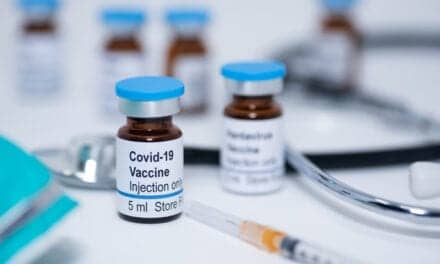By Aine Cryts
When a woman wants to transfer her prior mammogram images from her previous healthcare provider to her current one, she typically has to complete and sign a request form and submit it to her previous healthcare provider. The transfer can take a couple weeks, and sometimes her previous mammogram images may never arrive at all.
That’s a problem, because access to a woman’s prior mammogram images is vital for radiologists who need to compare them to her more recent ones.
To help patients gain easier access to their prior mammogram images, Aalpen Patel, MD, chair and vice chair of informatics of the radiology department at Danville, Penn.-based Geisinger Health, is deploying Mammosphere, a digital health app from Newton, Mass.-based Life Image. The company says its app makes a woman’s complete health history, including prior mammogram images, accessible to share with members of her current care team and researchers.
Geisinger Health is geographically very diverse, Patel tells AXIS Imaging News. Patients served by the 13-hospital health system live in communities throughout Pennsylvania and in parts of New Jersey, he says, and it can be cost-prohibitive for a patient to travel to another part of the state to request and share their previous health records.
Sharing patient records electronically—such as women’s previous mammogram images—serves the health system’s patients, especially patients facing financial challenges. “They can’t necessarily find the gas money to pick up a CD they need to get [their images],” says Patel.
Using Mammosphere is also more convenient for the patients. Once a woman completes and signs a form consenting to have her mammography images shared with her clinicians using Mammosphere, she doesn’t have to sign the form again, Judy Chong, vice president of global marketing at Life Image, tells AXIS.
Patient and Clinician Education Is Vital
The No.1 lesson learned at Geisinger Health about deploying Mammosphere is that educating patients is a must. “Just because you flip a switch [and make the software available] doesn’t mean patients will start using it,” says Patel. Geisinger Health started educating patients and physicians about Mammosphere in October.
Information about the app is offered on televisions and in pamphlets in waiting rooms; technologists are also provided with information about Mammosphere’s benefits. Multimodal education is the key takeaway point with patients, Patel tells AXIS.
He also counsels patience, since educating patients on Mammosphere’s benefits will take time. And, he emphasizes, articulating the value of Mammosphere to patients—namely, that access to prior mammogram images for radiologists can translate to a better healthcare outcome—is important.
Articulating the Information
Educating clinicians takes place on a campus-by-campus basis, says Patel. His team is focusing engagement on leaders in breast care and clinicians.
Geisinger Health and Life Image are currently in the process of a multichannel education and awareness campaign with patients and clinicians, Chong tells AXIS. The two organizations are developing communications using the Internet, brochures in doctors’ offices, and physician newsletters as well as in face-to-face encounters during patients’ interactions with schedulers and breast center staff. In addition, Geisinger Health will integrate Mammosphere with MyGeisinger, the health system’s patient portal, Chong says.
According to an announcement, this initiative is supported by a Pennsylvania Department of Health grant awarded to KeyHIE, a network of more than 350 healthcare facilities that supports sharing clinical information to improve the patient experience and outcomes and to support clinical decision-making. Founded in 2005, KeyHIE serves more than 8.5 million patients in Pennsylvania and New Jersey.
The process of educating patients and physicians will be ongoing because new patients are constantly moving through Geisinger Health, says Chong. “We are currently focused on the two largest locations in Scranton and Danville. Geisinger and Mammosphere will continue to expand to other locations, and the communication strategy will evolve accordingly.”
Aine Cryts is a contributing writer for AXIS Imaging News.






